Brussels is home to the European Parliament, for many, one of the symbols of the European Union, but the Belgian capital has so much else to offer from its long Flemish history. The city center is Grote Markt / Grand Place, which is considered one of the most beautiful squares in the world.
Only a few minutes walk from Grote Markt, you can see the figure Manneken Pis, the boy who continues to pee after many centuries. And in the old town center there are numerous sights in an easy walking distance from one place to another. Manneken Pis is by the way seen seasonally with different clothes and he always draws many tourists.
Buildings from later centuries are also worth going for. The impressive National Basilica, the magnificent Jubilee Park and the landmark Atomium are among the places that attract loads of visitors. Jubilee Park is an impressive park complex with large buildings that symbolize Belgium’s achievements.
There are also many tasty choices of gastronomy to make on a trip to Brussels. Belgian chocolate is famous and there is no greater variety than in Brussels, where the Belgian beer is never far away either. And when you want to make a day trip, several things unfold in the vicinity of the city; eg Waterloo and other Flemish cities such as Leuven, Antwerp and Ghent.
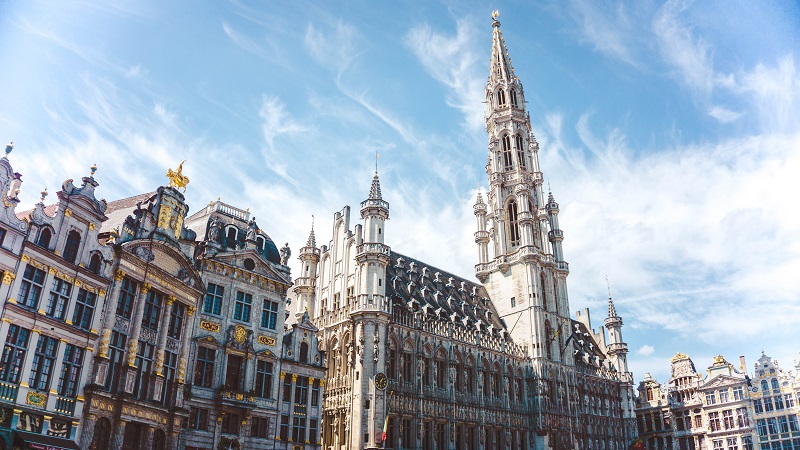
This is one of Europe’s most beautiful squares of its time, and here you can enjoy the region’s Flemish Renaissance architecture at its best.
Manneken Pis is the world famous bronze statue of the little boy peeing in a basin. Manneken Pis was established in 1619 as a drinking water source for the town’s citizens.
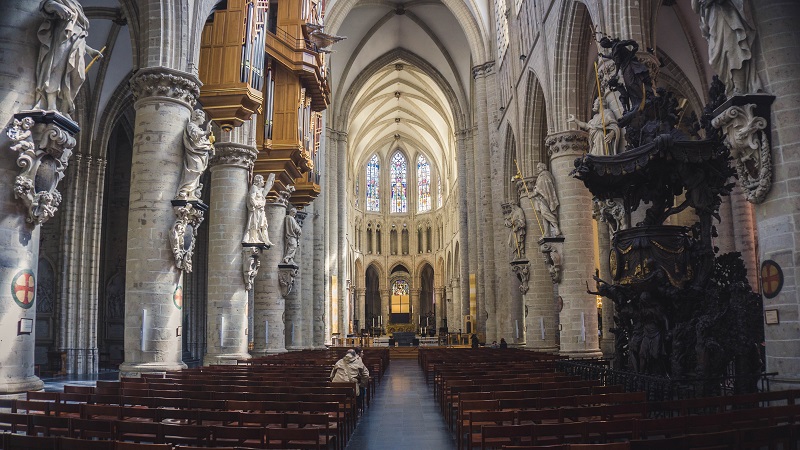
This is Brussels’ main cathedral. The construction of the present cathedral started in 1226, and the beautiful façade was completed in the 1400s.
This basilica is a church that King Leopold II wanted to construct for the ever-growing population of the city. The work with the impressive church began in 1906 and lasted until 1970.
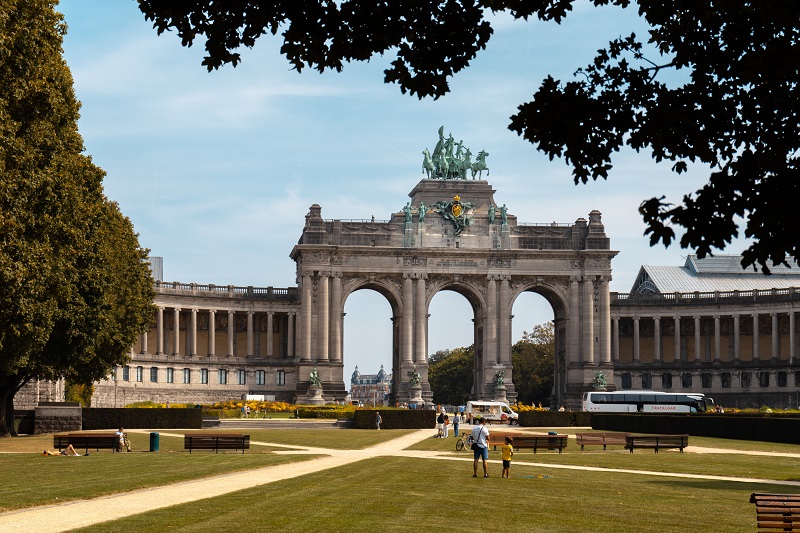
This is an impressive park and building complex, which was built for the World Exhibition in 1880. The large and majestic triumphal arch with fine building wings is central to the park.
Atomium, one of Brussels’ landmarks, was built for the 1958 World Exhibition. It has the shape of a large molecule, and with a height of 102 meters/335 ft it is an impressive work.
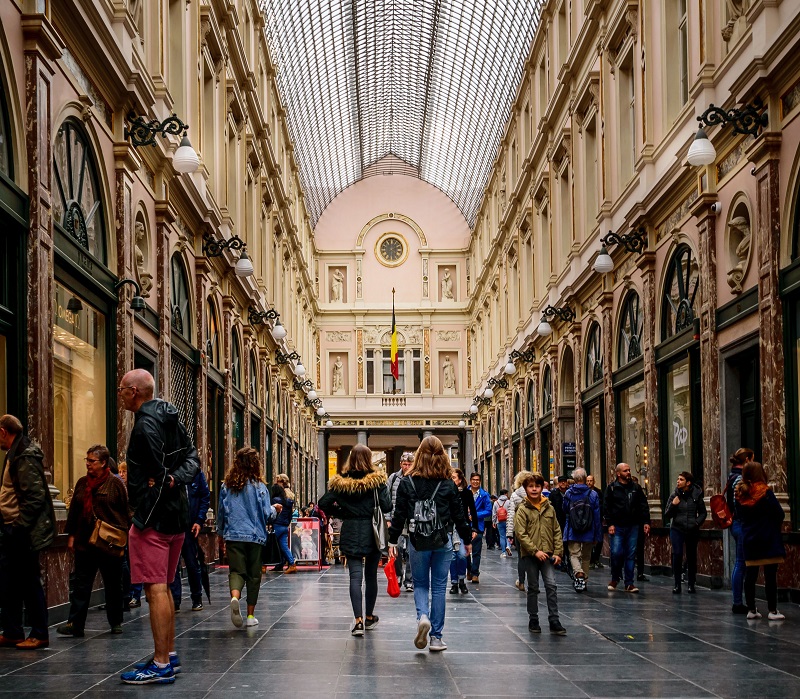
This fine gallery building was erected by King Leopold in 1846-1847, and it was Europe’s first real modern shopping center.
The City Hall is the central and dominant building of the Grote Markt/Grand Place. It was built in the years 1402-1459 as the most prominent official building in the country. The eastern wing is the oldest and dates from 1402-1420.
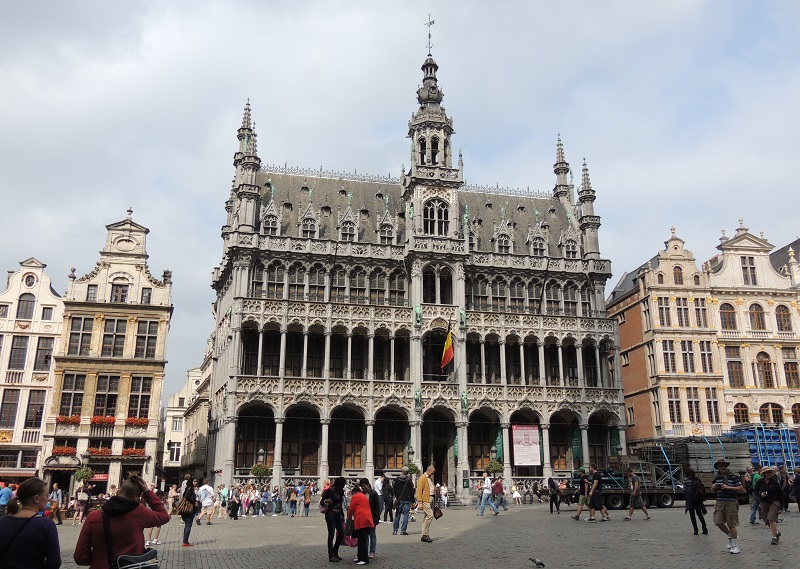
Opposite Brussels’ city hall is the King’s House, built in 1536 and now a city museum. The Dutch name, Broodhuis, comes from a bread sale that was located here in a former house.
This is a market hall that opened in 1882 with a lively trade. The building was built in Flemish renal renaissance and today it is an exhibition building.
This is one of the older churches in Brussels. It is known from around the year 1200 as a chapel by the city walls. The present church was built from 1854, but the tower from 1629 is still preserved.
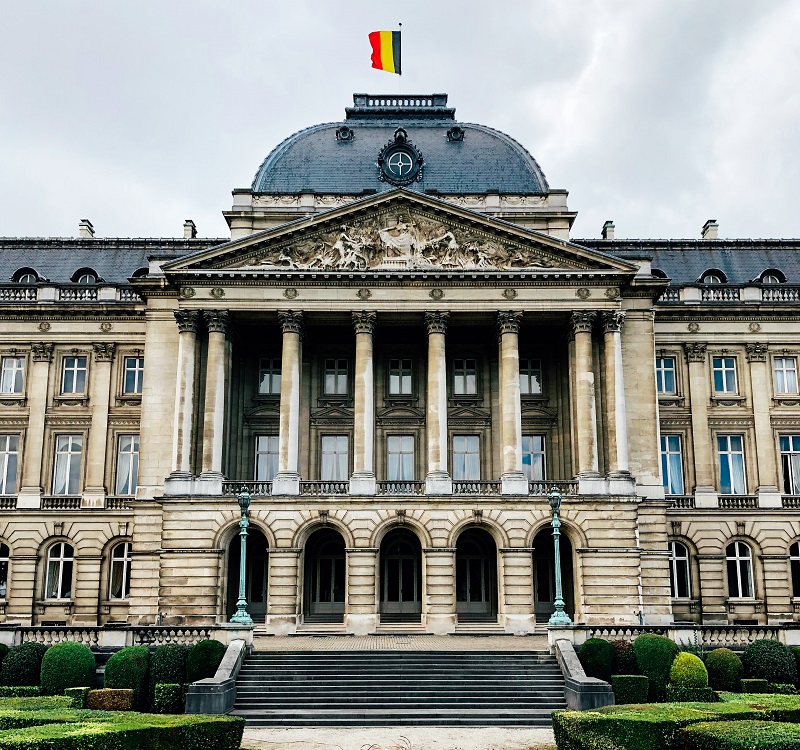
This is the official residence of the Belgian royal family. The grand royal palace was originally constructed in the latter half of the 18th century, but the current facade dates from the 20th century.
This monumental column was erected in the 1850s to commemorate the formation of the Belgian state by the National Congress in 1830. The monument was inspired by the Column of Trajan in Rome.
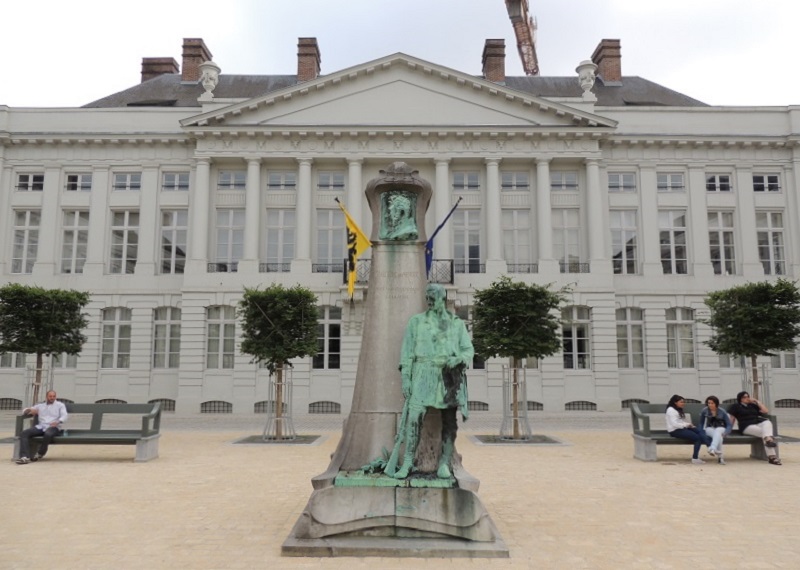
The Martyrs’ Square is an elegant square in the central city and it is one of the most beautiful in Brussels. When you enter the square, the yellow stones seem almost like sunshine.
The church here is considered among the most beautiful in Belgium. It was built in Gothic style in the years 1400-1550 with many beautiful details in the church’s decoration and interior.
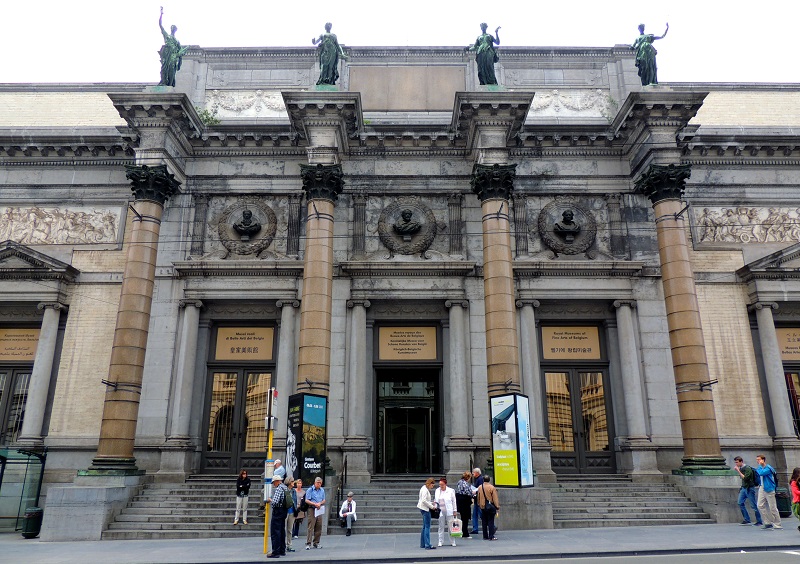
This is Belgium’s largest museum with fine collections of both art from great masters from 1400s-1700s and modern art from the 1800s to today.
Brussels is the main city of the European Union administration and there are various EU institutions here. The Berlaymont building is perhaps the closest the EU has to a real landmark.
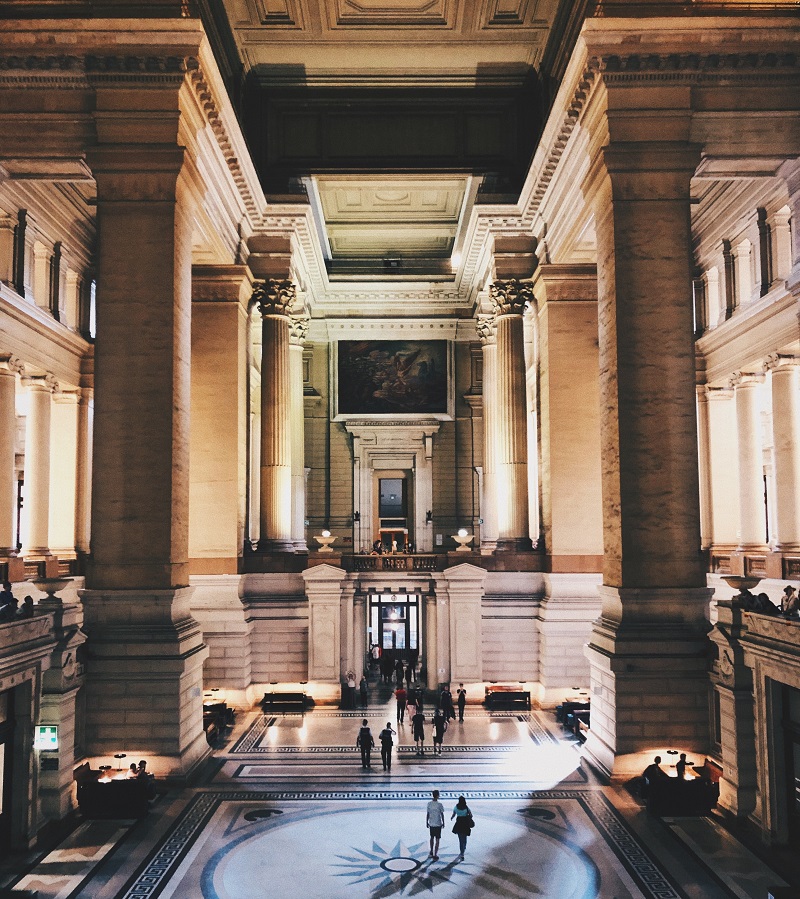
The Palace of Justice, which houses the courts of Brussels, is large and impressive as a castle. The building was built in 1866-1883 according to King Leopold II’s ideas for a new Brussels.
This is a museum for art nouveau architect Victor Horta, whose works can be seen in many places in Brussels. He was the architect who stands out as the most characteristic in the city in the decades around 1900.
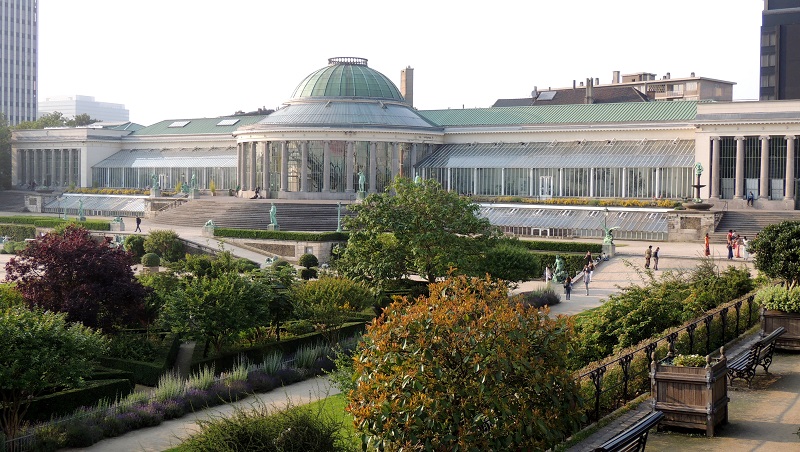
When France annexed Belgium in the late 18th century, one of the cultural achievements was the construction of the city’s botanical garden. It was established in 1796 in the park of the Castle Koudenberg.
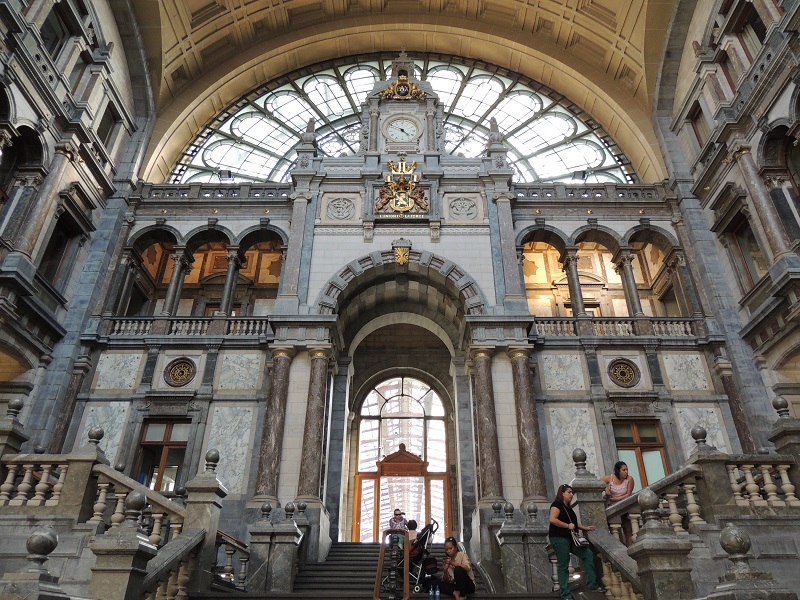
The history of the city of Antwerp goes back to the 100-200s in the Gallic-Roman era. Today, Antwerp is a Flemish trade and port city with countless sights. Het Steen castle and many beautiful churches are some of the great sights.
Belgian Congo was Belgium’s colony until 1960, when the country gained independence. At this museum you can explore Belgium’s time as a colonial power.
The Flemish city of Leuven is the provincial capital of Flemish Brabant. The main sights are the Stadhuis and the Sint-Pieterskerk, both located on the Grote Markt.
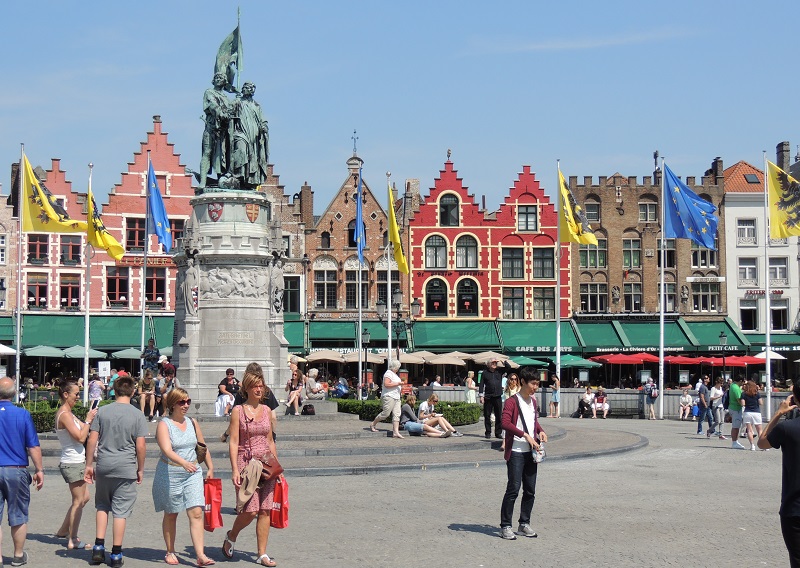
Bruges’ rich merchant and maritime history has created a tourist gem in western Flanders. The city’s central squares are Markt and Burg, and in the city center you can see architecture from many centuries. The best known is the Het Belfort tower.
The Battle of Waterloo on June 18, 1815 is world famous. This is where Napoleon met armies from England, Germany and the Netherlands under the leadership of the Duke of Wellington.
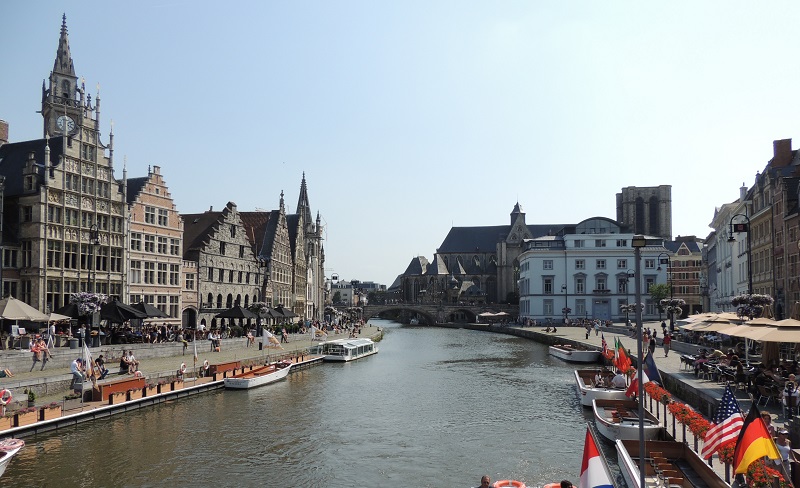
Ghent is one of the large cities in Flanders with a nice atmosphere in the nice city center. The town’s history dates back to the 600’s, when St. Amand founded two monasteries on the site. Today there are a lot of nice sights.
Anspachlaan 24/Boulevard Anspach 24
Keizer Karellaan 420/Avenue Charles Quint 420
basillix.be
Nieuwstraat 123/Rue Neuve 123
Nieuwstraat 111/Rue Neuve 111
inno.be
Beenhouwersstraat/Rue de Bouchers
Boulevard Sylvain Dupuis 433
westlandshopping.be
Woluwedal/Boulevard de la Woluwe
woluweshoppingcenter.be
Around Grote Markt/Grand Place, Beenhouwersstraat/Rue de Bouchers, Nieuwstraat/Rue Neuve, Zuidlaan/Boulevard du Midi, Waterloo Avenue/Boulevard de Waterloo, Louizalaan/Avenue Louise
Autoworld
Jubelpark/Parc du Cinquantenaire
autoworld.be
Bruparck
Eeuwfeestlaan/Boulevard du Centenaire
bruparck.com
Mini-Europe
Bruparck
minieurope.com
Museum voor Natuurwetenschappen/Muséum des sciences naturelles
Vautierstraat 29/Rue Vautier 29
sciencesnaturelles.be
Oceade
Bruparck
oceade.be
Museum for het Stedelijk Vervoer/Musée du Transport Urbain
Tervuerenlaan 364/Avenue de Tervueren 364
mtub.be
The priest Saint Gorik built a chapel on an island in the river Zenne around 580. The island was centrally located in present-day Brussels until the 19th century, when Zenne was covered. The island was called Saint Gorik Island / Sint-Gorik Island / île Saint-Géry, and Gorik’s chapel marked the start of those who would later grow into an actual settlement and city.
Saint Gorik’s chapel was located in the marshlands along the river, and the name Brussels is also believed to come from the old Dutch broeksel, which means the home of the marsh. Incidentally, the symbol of the Brussels region is an iris that was a typical flower in the surrounding area.
Although a chapel had already been erected, Brussels was first founded in 979, when Karl of Lorraine brought the relics of Saint Gudula from the city of Moorsel in Flanders to Saint Gorik’s chapel. On that occasion Karl made the first fortifications, and they brought about an actual settlement.
Around 1000, Lambert I, Count of Leuven, gained control of Brussels, marrying Karl of Lorraine’s daughter. In the mid-1000s, the city’s defense works were expanded by Lambert II Baldric, who also erected the first of the city’s expanded defense works.
Brussels was centrally located with its location on the river Zenne and on the trade route between the cities of Bruges and Ghent in the west and Cologne in the east.
Trade flourished, and with Brussels’ natural location on the trade routes, many settled permanently in the city, which quickly spread from Saint Gorik Island to the districts that now form the city center. Among other things, these neighborhoods had the advantage of being protected from the floods that hit the flood-prone houses.
Throughout the Middle Ages, present-day Flanders was one of Europe’s most urbanized areas with almost unstoppable economic, cultural and population growth, and this also applied to Brussels.
In the 13th century, the city got its first city walls. They were raised by the rulers of Leuven, who had now become the duke. The walls created increased security, which in turn was the breeding ground for the influx of new migrants. There were so many people moving to the city that already 1356-1383 new and expanded city walls had to be built.
Many lows were formed during these centuries and businesses were established. The nobility also rebuilt the area with castles and defense works, so there was a time of great growth. Politically, Brussels’ first constitution was published in 1229 under Henri I, one of Brabant’s dukes.
The former rulers were from Brabant, but it was not to continue. Thus, in 1384-1477, Burgundy was in power in Brussels. The Burgundians were known for their gastronomy, and it can still be tasted in Belgian cuisine.
Through royal marriage, Brussels became part of the kingdom of the Habsburgs. The Habsburg emperors continued to expand the city; including large duct systems that provided further growth.
In 1516, Karl V was proclaimed Spanish King in Brussels’ Saint Michael and Gudula Cathedral / Sint-Michiels-en-Sint-Goedelekathedraal / Cathédrale des Saints-Michel et Gudule. Karl had been heir to the Netherlands since 1509, and in 1519 he was crowned German-Roman emperor after the death of grandfather Maximilian Is.
In 1555, the Habsburgs surrendered to Charles V power over Brussels and left the country to Spain and King Felipe II. Resistance to the king of distant Madrid increased. Holland’s William of Orange assisted the Belgians, and the Spanish leader, the Duke of Alva, had to flee, however, to return eight years later.
During this time, Spain gradually became weaker, and in 1695 the French sun king Louis XIV attacked Brussels. More than 4,000 houses were damaged on that occasion and the Grote Markt/Grand Place was almost completely destroyed.
The Spaniards retained dominion until the Utrecht Agreement in 1713, ending the Spanish War of Succession. The Spanish Netherlands, including Belgium, were handed over to the Habsburgs in Austria.
In the same century, a new succession war broke out. This time it took place in Austria, and during the conquest of France Brussels in 1746. However, the French presence lasted only three years.
It was a tight deadline, for although the Austrians sought to strengthen the development of Brussels, the Austrians were weaker, and in France a revolution had brought new leaders and they sought expansion.
French troops invaded the city in 1794, and the following year they declared the area French. New departments were created and Brussels became the capital of the Dyle region. Brussels remained French until 1815, when Napoleon’s time in power had ceased.
After Napoleon’s fall in 1815 at Waterloo outside Brussels, the United Netherlands was established by Belgium, the Netherlands and Luxembourg.
Already in 1830-1831 Belgium became independent after a freedom struggle against the Dutch leaders. Leopold I was declared the country’s first king in 1831, and Brussels became the capital.
A large-scale construction of the new Belgium started. The old city walls were demolished and huge buildings were erected. At the same time, there was great enthusiasm in the city that wanted to hold international exhibitions, found scientific institutes and other things that could secure the country a place in Europe and the world. For example, it brought cultural figures such as Victor Hugo and Karl Marx to the city.
The latter half of the 19th century was also Belgium’s heyday as a colonial power with the royal power and Brussels at its center. The colonies spoke 70 times the area of Belgium.
Belgium did not participate in the Franco-German War of 1870-1871, but the war contributed to rising nationalism in the Flemish and French parts of the country; a relationship that still characterizes the country and the common capital of Brussels.
Around the same time, the flow and pollution of the river Zennes through central Brussels had become too high a risk to public health, and the river was completely covered. On that occasion, Saint Gorik Island disappeared, but in turn new and wide boulevards could be brought.
Brussels, at the beginning of the 20th century, remained a mainly Dutch-speaking city. The language, culture and history had mainly come from other cities in Flanders, but it was formally changed in 1921, when the city and country were divided into zones. To the north lay the Dutch-speaking Flanders, to the south the French-speaking Wallonia, while Brussels as its capital officially became bilingual.
The two world wars in the 20th century did not significantly slow down the city’s development. Construction continued and international relations were constantly sought to be developed.
Among the successes were the very large exhibitions, and Brussels came twice to host world exhibitions. It happened in 1935 and again in 1958. The fifth Solvay Conference in Physics and Chemistry was also held here; it was in 1927.
In the 1950s, Belgium joined the Coal and Steel Union, a precursor to today’s European Union, which has greatly influenced the knowledge of Brussels internationally. The city is the main city for parts of the EU administration. The Commission, the Council of Ministers and one of Parliament’s buildings were put into place when the institutions were to be established, and in addition the NATO defense alliance was given administrative headquarters in the city.
The development of recent decades has primarily taken its pivotal role in the continued expansion of cooperation in the EU and the trade, economy and tourism it entails.

Overview of Brussels
Brussels is home to the European Parliament, for many, one of the symbols of the European Union, but the Belgian capital has so much else to offer from its long Flemish history. The city center is Grote Markt / Grand Place, which is considered one of the most beautiful squares in the world.
Only a few minutes walk from Grote Markt, you can see the figure Manneken Pis, the boy who continues to pee after many centuries. And in the old town center there are numerous sights in an easy walking distance from one place to another. Manneken Pis is by the way seen seasonally with different clothes and he always draws many tourists.
About the upcoming Brussels travel guide
About the travel guide
The Brussels travel guide gives you an overview of the sights and activities of the Belgian city. Read about top sights and other sights, and get a tour guide with tour suggestions and detailed descriptions of all the city’s most important churches, monuments, mansions, museums, etc.
Brussels is waiting for you, and at vamados.com you can also find cheap flights and great deals on hotels for your trip. You just select your travel dates and then you get flight and accommodation suggestions in and around the city.
Read more about Brussels and Belgium
Buy the travel guide
Click the “Add to Cart” button to purchase the travel guide. After that you will come to the payment, where you enter the purchase and payment information. Upon payment of the travel guide, you will immediately receive a receipt with a link to download your purchase. You can download the travel guide immediately or use the download link in the email later.
Use the travel guide
When you buy the travel guide to Brussels you get the book online so you can have it on your phone, tablet or computer – and of course you can choose to print it. Use the maps and tour suggestions and you will have a good and content-rich journey.
Grote Markt • Atomium • French Fries • Chocolate • Manneken Pis

Overview of Brussels
Brussels is home to the European Parliament, for many, one of the symbols of the European Union, but the Belgian capital has so much else to offer from its long Flemish history. The city center is Grote Markt / Grand Place, which is considered one of the most beautiful squares in the world.
Only a few minutes walk from Grote Markt, you can see the figure Manneken Pis, the boy who continues to pee after many centuries. And in the old town center there are numerous sights in an easy walking distance from one place to another. Manneken Pis is by the way seen seasonally with different clothes and he always draws many tourists.
About the upcoming Brussels travel guide
About the travel guide
The Brussels travel guide gives you an overview of the sights and activities of the Belgian city. Read about top sights and other sights, and get a tour guide with tour suggestions and detailed descriptions of all the city’s most important churches, monuments, mansions, museums, etc.
Brussels is waiting for you, and at vamados.com you can also find cheap flights and great deals on hotels for your trip. You just select your travel dates and then you get flight and accommodation suggestions in and around the city.
Read more about Brussels and Belgium
Buy the travel guide
Click the “Add to Cart” button to purchase the travel guide. After that you will come to the payment, where you enter the purchase and payment information. Upon payment of the travel guide, you will immediately receive a receipt with a link to download your purchase. You can download the travel guide immediately or use the download link in the email later.
Use the travel guide
When you buy the travel guide to Brussels you get the book online so you can have it on your phone, tablet or computer – and of course you can choose to print it. Use the maps and tour suggestions and you will have a good and content-rich journey.

This fine gallery building was erected by King Leopold in 1846-1847, and it was Europe’s first real modern shopping center.
The City Hall is the central and dominant building of the Grote Markt/Grand Place. It was built in the years 1402-1459 as the most prominent official building in the country. The eastern wing is the oldest and dates from 1402-1420.

Opposite Brussels’ city hall is the King’s House, built in 1536 and now a city museum. The Dutch name, Broodhuis, comes from a bread sale that was located here in a former house.
This is a market hall that opened in 1882 with a lively trade. The building was built in Flemish renal renaissance and today it is an exhibition building.
This is one of the older churches in Brussels. It is known from around the year 1200 as a chapel by the city walls. The present church was built from 1854, but the tower from 1629 is still preserved.

This is the official residence of the Belgian royal family. The grand royal palace was originally constructed in the latter half of the 18th century, but the current facade dates from the 20th century.
This monumental column was erected in the 1850s to commemorate the formation of the Belgian state by the National Congress in 1830. The monument was inspired by the Column of Trajan in Rome.

The Martyrs’ Square is an elegant square in the central city and it is one of the most beautiful in Brussels. When you enter the square, the yellow stones seem almost like sunshine.
The church here is considered among the most beautiful in Belgium. It was built in Gothic style in the years 1400-1550 with many beautiful details in the church’s decoration and interior.

This is Belgium’s largest museum with fine collections of both art from great masters from 1400s-1700s and modern art from the 1800s to today.
Brussels is the main city of the European Union administration and there are various EU institutions here. The Berlaymont building is perhaps the closest the EU has to a real landmark.

The Palace of Justice, which houses the courts of Brussels, is large and impressive as a castle. The building was built in 1866-1883 according to King Leopold II’s ideas for a new Brussels.
This is a museum for art nouveau architect Victor Horta, whose works can be seen in many places in Brussels. He was the architect who stands out as the most characteristic in the city in the decades around 1900.

When France annexed Belgium in the late 18th century, one of the cultural achievements was the construction of the city’s botanical garden. It was established in 1796 in the park of the Castle Koudenberg.
Similar to Brussels Travel Guide